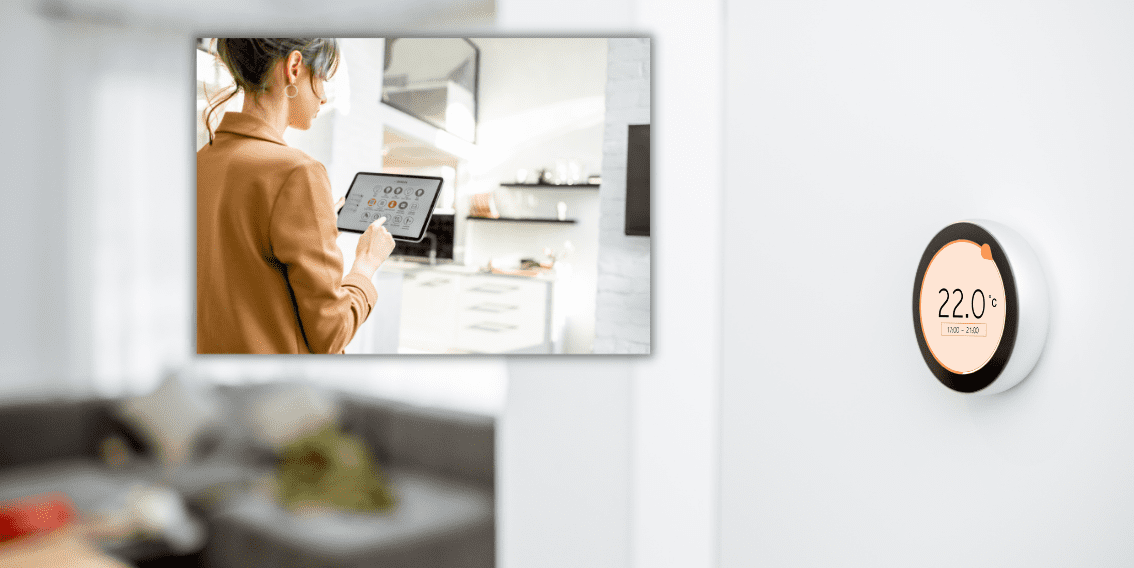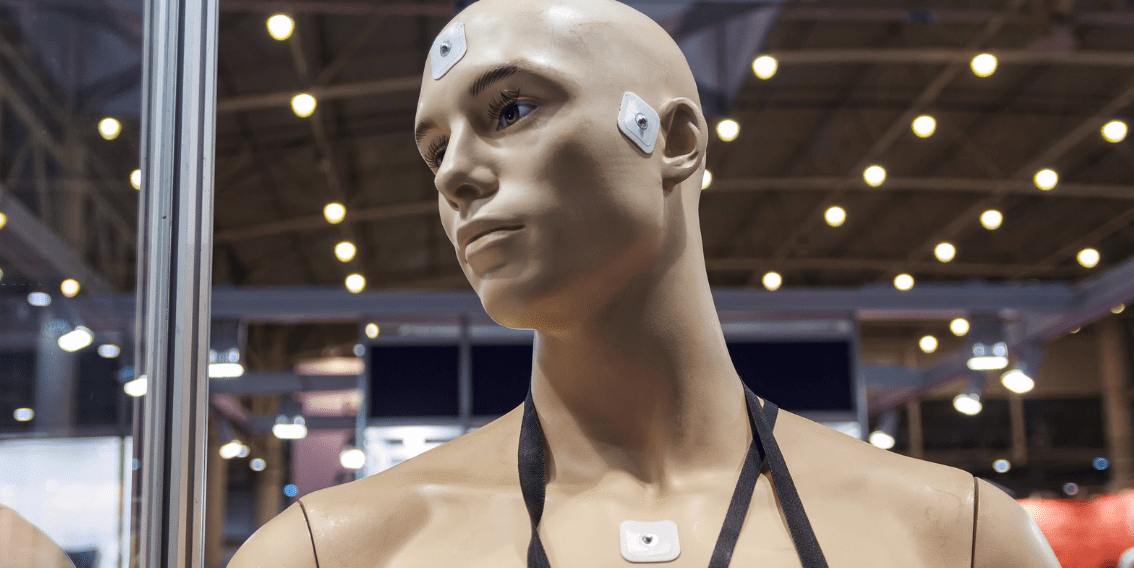Introduction
Wireless sensors are now ubiquitous. Wireless Sensor Networks (WSN) are used by stores, plants, hospitals, parking lots, and even restaurants to improve customer experience, prevent emergencies, improve supply chains, and so on. Wireless sensors, also known as IoT sensors, have become indispensable in a variety of industries due to their remote monitoring and management capabilities. These sensors, for example, are admired by the healthcare, electric manufacturing, and smart home industries because they help them monitor quality, security, and compatibility. Let's look at why these industries love wireless sensors and WSNs.
1. Exploring the Basics: What Is a Wireless Sensor?
A wireless sensor is made up of several components, including a microcontroller, a radio transceiver, an internal antenna or a connector to an external antenna, and a battery, which can be replaced with an embedded energy harvesting element. A WSN is created when a collection of wireless sensors is combined. The set of sensor nodes interconnected within the WSN provides data about the surrounding environment to the network's control centre, such as temperature, air quality, water level, and so on. The data is then processed by the control centre, which provides an appropriate response to minor changes in the controlled environment.
For example, an air conditioning system will activate when the air temperature in the room exceeds the set temperature. This is an illustrative example of how an IoT network collects and processes data to provide an immediate response and mitigate the user's adversity.
2. Wireless Sensor Technology In Various Industries
The Internet of Things (IoT) has played a critical role in enabling wireless sensors to communicate and transfer data over the Internet, making it accessible from anywhere and at any time. Healthcare, manufacturing, and consumer goods are the top three industries that have harnessed the power of IoT monitoring by utilizing wireless sensors. These industries have seen significant improvements in productivity, safety, and data accuracy, and have emerged as the frontrunners in adopting this game-changing technology.
So, let's take a closer look at some more in-depth applications of wireless sensor networks in these industries.
2.1 Wireless Sensors in Healthcare
The healthcare industry is most likely one of the most significant beneficiaries of wireless sensor networks. For a long time, sensors have played an important role in healthcare. Measuring patients' ECGs with wired sensor lids connected to their chest is just one example of an application case. Still, wired solutions are bulky and obsolete, with no vision for industry mobility, whereas today's digital healthcare is all about speed, flexibility, and cost-efficiency.
IoT sensors, by enabling remote patient monitoring, provided an efficient solution to the many inconsistencies that plagued the healthcare industry. According to Science Daily, medical institutions can now remotely monitor patients' heart rates, temperature, blood pressure, oxygen saturation, and other vitals, preventing a large number of emergencies and easing ED routines worldwide.
Consider the case of an elderly person who has a sudden stroke. This person lives alone and is unable to call for help. In most cases, such a situation would end tragically. If the patient wore a wearable band with a wireless sensor that measured pulse and tracked physical activity, he or she could be saved. When the sensor no longer detects the patient's normal range vitals, the AI within the WSN contacts emergency services.
WSNs, according to Darwish and Hassanien, "are usually considered one of the technological foundations of ambient intelligence; agile, low-cost, and ultra-powerful, they can collect a huge amount of important information and turn it into the action needed." It's no surprise that the healthcare industry is making extensive use of wireless sensors.
There are implantable wireless sensors in addition to wearable sensor solutions. For example, people who have undergone major cardiac surgery may benefit from having heart sensors implanted in their cardio-vascular system so that doctors can monitor the patient's health in real-time. Wireless sensors are quickly becoming the buzzword in the healthcare industry, with applications including medical remote monitoring, medical appliance and equipment control, medical data management, and so on.
2.2 Wireless Sensors in Electric Manufacturing
It appears to be a logical outcome that wireless sensors have made their way into the electric manufacturing domain, as IoT sensors are the best solution for monitoring the health of the equipment. In fact, the critical domain of applying wireless sensors in electric manufacturing is machinery condition-based maintenance (CBM). The thing is that wireless sensors can be placed in places that wired monitoring systems cannot reach. For example, rotating machinery and fixed vehicles would require a large number of wireless sensors to function properly. However, the wires would strangle the equipment, halting the entire manufacturing process.
Here's an excellent example of how wireless IoT sensors can be used in electric manufacturing. The manufacturing equipment is prone to overheating, which could cause serious complications in the manufacturing process. One faulty component in the manufacturing chain can shut down the entire plant for months. A simple Pt100 wireless sensor can be used to measure temperature even within combustion gas pipes (depending on the type of manufacturing) and thus monitor the lifecycle of the production line.

Wireless sensors are also an excellent solution for improving energy efficiency. Energy consumption optimization is one of the most important tasks that plants and factories around the world are attempting to address. Every manufacturing business would like to reduce their electricity bill, as plants and factories do not require all of their equipment to be 100% involved in the process all of the time. Unfortunately, this is the scenario they will encounter as soon as the production line is operational. That task can be completed quickly by a smart energy consumption optimization system powered by wireless sensors.
2.3 Wireless Sensors in Smart Homes
Nothing can stop our homes from becoming smarter. Even if you don't believe it, your home is probably smart. Do you have a loudspeaker that connects to your smartphone or laptop when you tell Siri, Alexa, or other voice assistants to connect and play some funky tunes? Then your home has taken the first step towards becoming smart. Maybe you have your lights turn on and off automatically as you approach or leave a strange area in your house. These are wireless sensor networks at their best, ensuring maximum energy efficiency in your home.

Perhaps you have a wireless vacuum cleaner that ensures you return home from work to a clean and tidy house? The point is, even if you don't own any of these technologies, you've probably heard of them.
Wireless sensor networks are common in today's smart homes because they make people's lives easier. People are willing to entrust their lives to wireless sensors because they are dependable. According to Intel's Whitepaper, wireless sensors have a reliability of more than 99%, making them ideal for automation, monitoring, and prevention.
Wireless motion and proximity sensors, for example, are the foundation of modern alarm systems. When a burglar enters your home, the IoT alarm detects the unusual movement and immediately sends the information to the control centre. The network's CPU will immediately contact the police, just before activating the actuators to disorient and confuse the burglars. Wireless sensors are ubiquitous in modern homes, but you can't see them because they're so small and efficient.
Conclusion
Let's face it: wireless sensors help businesses with so many routine tasks, allowing human capital to be redirected to more creative tasks. If we look at how wireless sensors are used in today's industries, there are numerous IoT examples to choose from. However, it would be a waste of time because they are everywhere. Wireless sensors are the best monitoring solution available today, whether you want to keep a screw driver or a human heart in shape.



